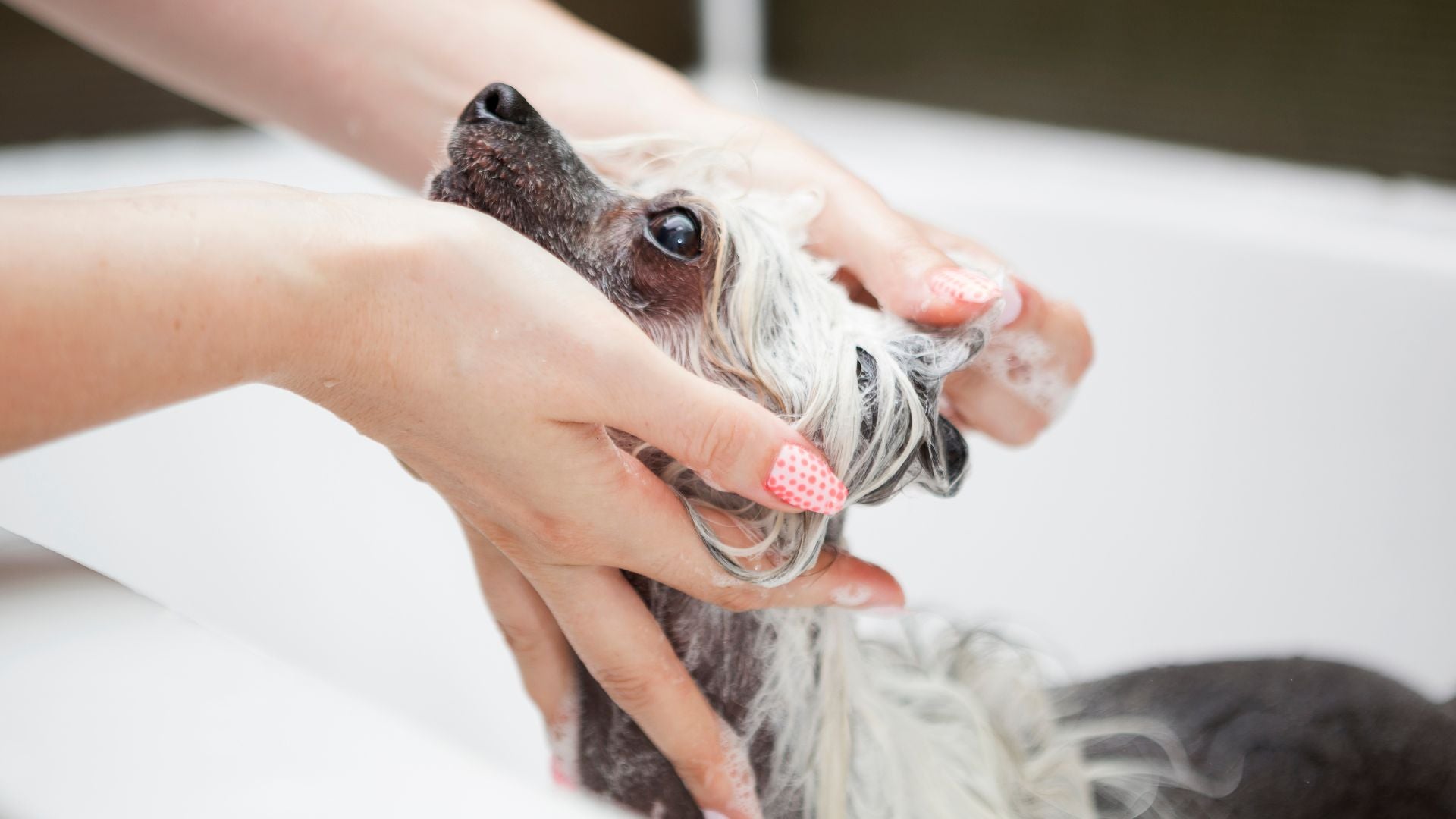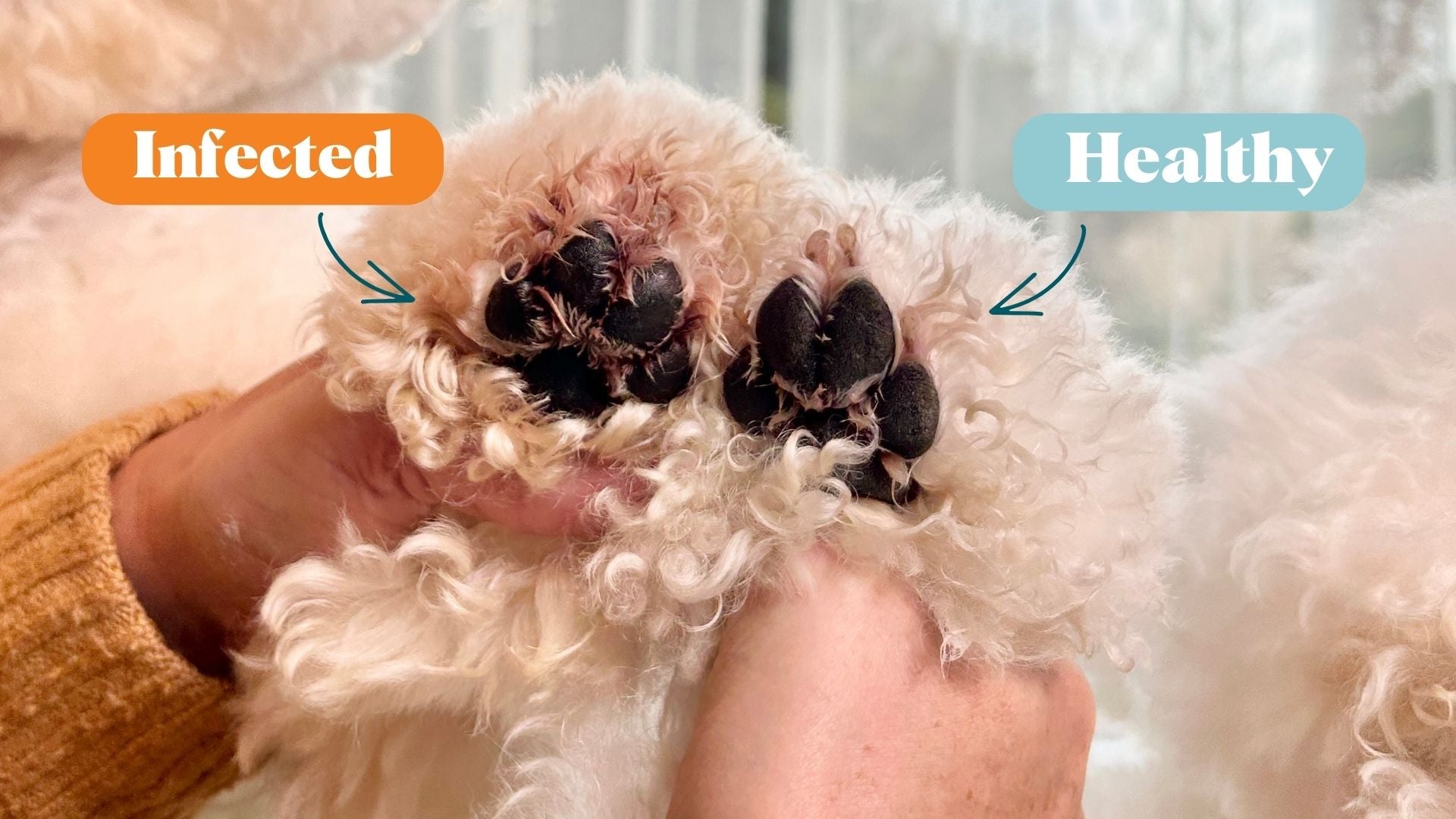As a seasoned dog breeder with almost 40 years of experience, I've come to understand the paramount importance of canine health. Spring allergies are a common concern among dog owners, and being able to recognize the symptoms and take appropriate action is crucial for ensuring our furry friends remain happy and healthy.
Do Dogs Experience Spring Allergies?
Dogs can suffer from seasonal allergies, just like humans. While some breeds may be more prone to allergies than others, any dog can develop sensitivities to spring allergens. Allergies can develop at any age, but they often manifest for the first time between the ages of one and three years.
What Are the Causes?
Spring allergies in dogs are typically caused by exposure to airborne allergens that are more prevalent during the warmer months. Pollen from trees, grass, and weeds is a common culprit, along with mold spores and dust mites. Additionally, certain outdoor activities like walking or playing in the grass can exacerbate allergy symptoms. Dogs can also develop allergies to certain foods, although this is less common than environmental allergies.
What Are the Symptoms?
The symptoms of spring allergies in dogs can vary but may include:
- Excessive scratching or licking, particularly around the face, ears, paws, and abdomen.
- Red, inflamed skin, which may appear rash-like or have small bumps.
- Hot spots or areas of raw, irritated skin due to repeated scratching or licking.
- Ear infections or head shaking, as allergies can cause inflammation in the ears and increase the risk of bacterial or yeast infections.
- Watery eyes and runny nose, similar to hay fever symptoms in humans.
- Sneezing or coughing, especially after exposure to allergens.
- Paw licking or chewing, which can indicate irritation or discomfort.
In some cases, dogs may also experience gastrointestinal symptoms such as vomiting or diarrhea, particularly if they have food allergies or intolerances.
What to Do:
1. Avoid Allergens: Minimize your dog's exposure to known allergens by keeping them indoors during peak pollen times, typically in the early morning and late afternoon. Use air purifiers with HEPA filters to remove airborne allergens from your home and avoid walking your dog in areas with high pollen counts.
2. Cleanliness is Key: Regularly clean your dog's snout, eyes, ears, and paws to remove pollen and other allergens that may accumulate. Tauro Pro Line's alkaline water spray is an excellent option for gentle cleansing without any chemicals. Additionally, consider bathing your dog more frequently during allergy season to rinse away allergens from their coat and skin. Choose a natural and gentle pet shampoo that soothes the skin rather than causing further irritation.
3. Maintain a Healthy Diet: A balanced diet rich in essential nutrients can help support your dog's immune system and overall health, making them better equipped to combat allergies. Consider feeding your dog a high-quality diet formulated with hypoallergenic ingredients, such as novel proteins like insects, which are less likely to trigger allergic reactions.
4. Consider Allergy Testing: If your dog's symptoms persist or worsen despite your efforts to minimize exposure to allergens, consider consulting with your veterinarian about allergy testing. Identifying specific allergens can help tailor treatment strategies more effectively, such as allergen immunotherapy (allergy shots) or dietary management.
When to Contact a Veterinarian?
It's advisable to contact your veterinarian if your dog exhibits persistent or severe allergy symptoms, such as difficulty breathing, swollen face or throat, or signs of anaphylaxis. Additionally, if your dog's allergies interfere with their quality of life or daily activities, veterinary intervention may be necessary. Your veterinarian can perform a thorough examination, including skin and allergy testing if needed, to determine the underlying cause of your dog's symptoms and develop an appropriate treatment plan.
Summary
Spring allergies can be a source of discomfort for our canine companions, but with proactive management and appropriate care, we can help alleviate their symptoms and ensure their well-being. By staying vigilant, minimizing exposure to allergens, maintaining proper hygiene, and seeking veterinary guidance when needed, we can help our furry friends enjoy the spring season to the fullest.











